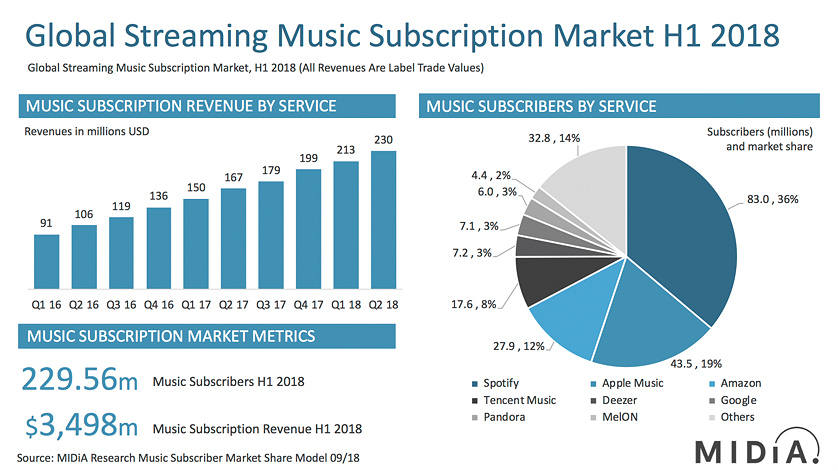Cargo cult or “The Credible Hulk”: Which characterizes your organizational culture?

Source: pixabay.com
It is possible that most of the members of an organization are not aware of the origin of their rituals and why they are expected to behave in a specific way. Or they may know exactly what they are doing for what reason and can explain everything with facts. Which of these contradictory approaches characterize your organizational culture more?
Is it a cargo cult organization or “The Credible Hulk”?
Cargo cult thinking in organizations
Cargo cult refers to the belief that a real achievement can be realized by simply imitating visible behavior. This belief exists even without understanding the correlations between the different steps of a process and the consequences of actions.
The origin of this terminology goes back to the first half of the 20th century, when some remote-island-based tribes saw American cargo planes landing on their island. The tribes tried to recreate the different tools and instruments they saw from the cargo planes without knowing how those goods were manufactured. They made radio from stone and wood but without getting the same effect.
This phenomenon can be observed even in advanced 21st century cultures, particularly in the modern corporate world.
Many organizations are adopting the same practices they observe in other companies, such as workplace habits and the design of an office, without fully knowing their impact on the organization. For instance, some companies would place bean bags in the office even if they are hardly used. Some do not observe the business casual dress code on Fridays. And some have ping pong tables.
The paradox is that it is also a rational strategy to follow organizations or people who seem to know what they are doing. When used responsibly, cargo cult thinking can be really useful when making decisions because it saves management a lot of time.
Oversimplification versus overcomplication
Have you seen the meme “The Credible Hulk”? Inspired by the film and the character “The Incredible Hulk,” “The Credible Hulk” is a monster that backs up anything with facts and documents.
The opposite of cargo cult thinking is supporting new initiatives or practices with facts and research. Organizations with this kind of practice are deemed more credible in terms of their innovation practices.
These companies are the ones that look beyond the surface in order to analyze the successful elements of the other innovative organizations, such as Amazon, Apple, and Netflix. They do not just use transparent glass doors because they look good, but also because they want to promote transparency and improve communication in the organization.
However, such an approach is time and resource consuming. Organizations have to justify everything with research, leaving little to no room for instincts and creative innovations that could drive success in the long run.
Cargo cult thinking cannot be completely eliminated. The only way to exclude it from the organizational culture is to learn and know everything, and that is, apparently, impossible. Therefore, organizations could either find the right balance between the two opposite poles or customize their approach based on their goals, the company size, or the nature of their business.
If you would like to learn more about the organizational culture and its influence on the employees, check out our Certified Employee Performance Management Professional and Practitioner courses.






